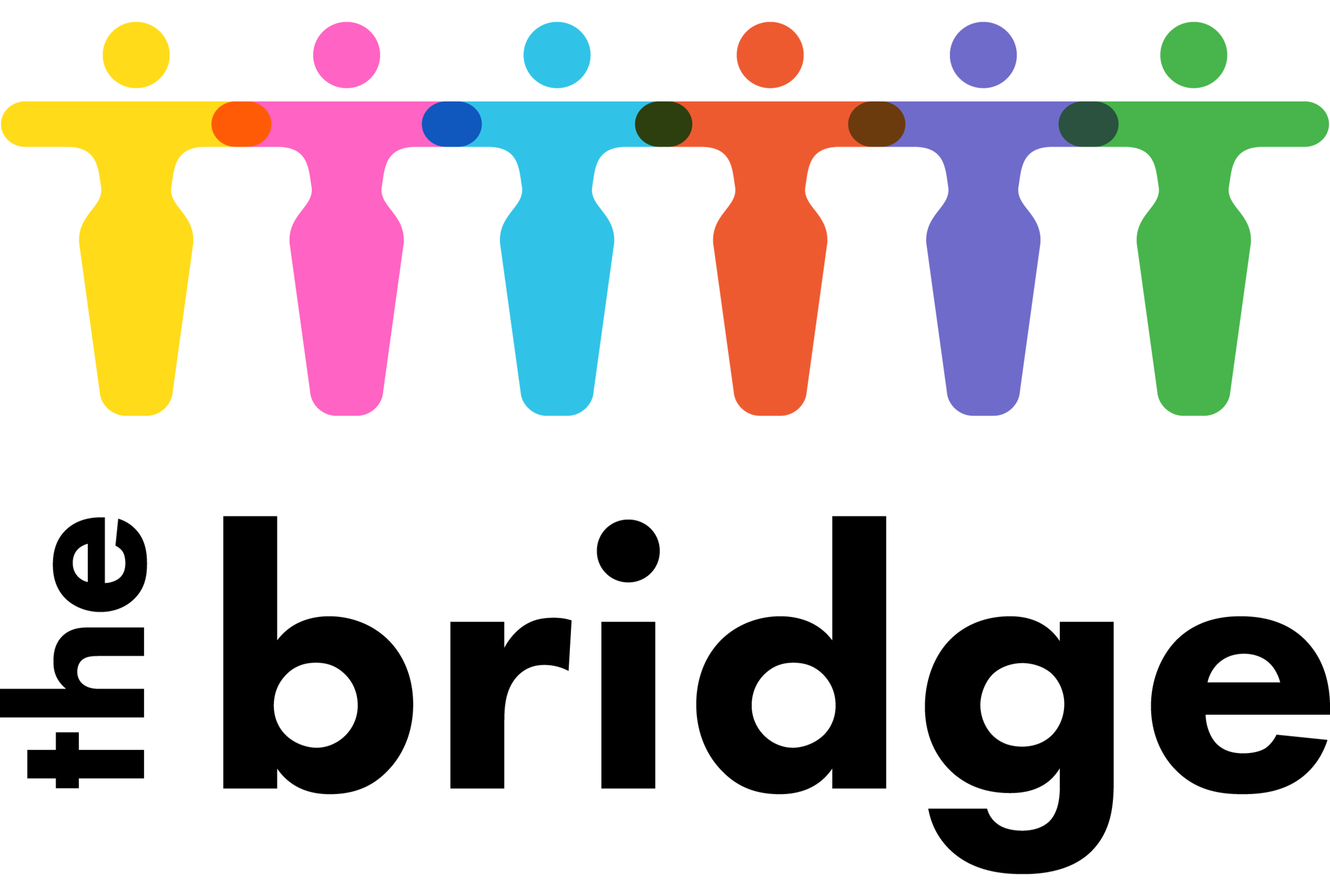hairy reflections
by katrina, programme coordinator
As an organisation that is working to create safe community spaces where all women feel safe and welcome, it has never been more important for The Bridge to shine the spotlight on body hair and celebrate national hair day.
Perhaps not having had to pluck, shave or wax our body hair throughout lockdown gave many of us the social freedom to ditch (or at least question) long standing beauty rituals. Coming out of lockdown in a world that is increasingly questioning and challenging the gender binary, may just be the perfect combination for us to finally embrace and normalise women’s body hair.
Armpit hair, leg hair, toe hair or pubic hair – why did we ever have to get rid of you?
Hairless women are not a completely modern or western invention. Accounts of women’s hair removal come from ancient times and diverse cultures including ancient Egypt, Rome and Turkey. However, the move towards extensive hair removal in the west correlates with the change in euro-centric standards of femininity and feminine beauty. The usual historical narrative tells us that throughout the course of the twentieth century, the more that women displayed their skin and bodies publicly, the more that body hair removal became a trivial cultural practice for reasons of ‘attractiveness, hygiene and femininity’.
Importantly, however, the fetishisation of hairlessness is intimately entangled with our colonial history that has also established whiteness and thinness as the appropriate and desirable feminine condition. In ‘Plucked: A History of Hair Removal’, Rebecca Herzig looks at how the emergence of Darwin’s evolutionary theory, that led people to associate body hair with animality and primitive ancestry, made hairlessness a mark of superiority and sophistication.
Although recently you may have noticed a push to normalize body hair on TV commercials, billboards and ads that suggest that body hair is normal (like Nike’s 2019 Instagram post showing the model and musician Annahstasia Enuke with a small amount of underarm hair), the requirement to be hairless has long been implicit in mass media images of the depilated and ‘smooth’ feminine body, shaping social norms through stereotyped representations.
The reality is that women’s body hair continues to be received with outrage and disgust. The public outcry that follows when one disobeys the norms and the often uncomfortable emotions we experience when battling against keeping up with the established gendered convention is a reflection of a world that has long policed women’s bodies and has constructed an ‘(in)appropriate’ feminine body.
Body hair has historically had both social and biological functions. From protecting us from our environment, aiding in wound healing and facilitating moisture and heat retention, all the 60 hairs per cm 2 on our naked bodies are miraculous little things that help the functioning of the body. Maybe its time we look and experience our body hair with love and wonder.
Celebrating national hair day is about celebrating the fact that there is no ‘appropriate’ feminine identity. It is about bringing awareness to the fact that we don’t need a national hair day to accept the decisions women take in regards to their bodies. The body is a site of cultural and political negotiation and whether you remove your body hair because you want to, you are learning to love it or you wear it to make a statement, it is time women love and care for their bodies, and express freely without having to give anyone an explanation.



